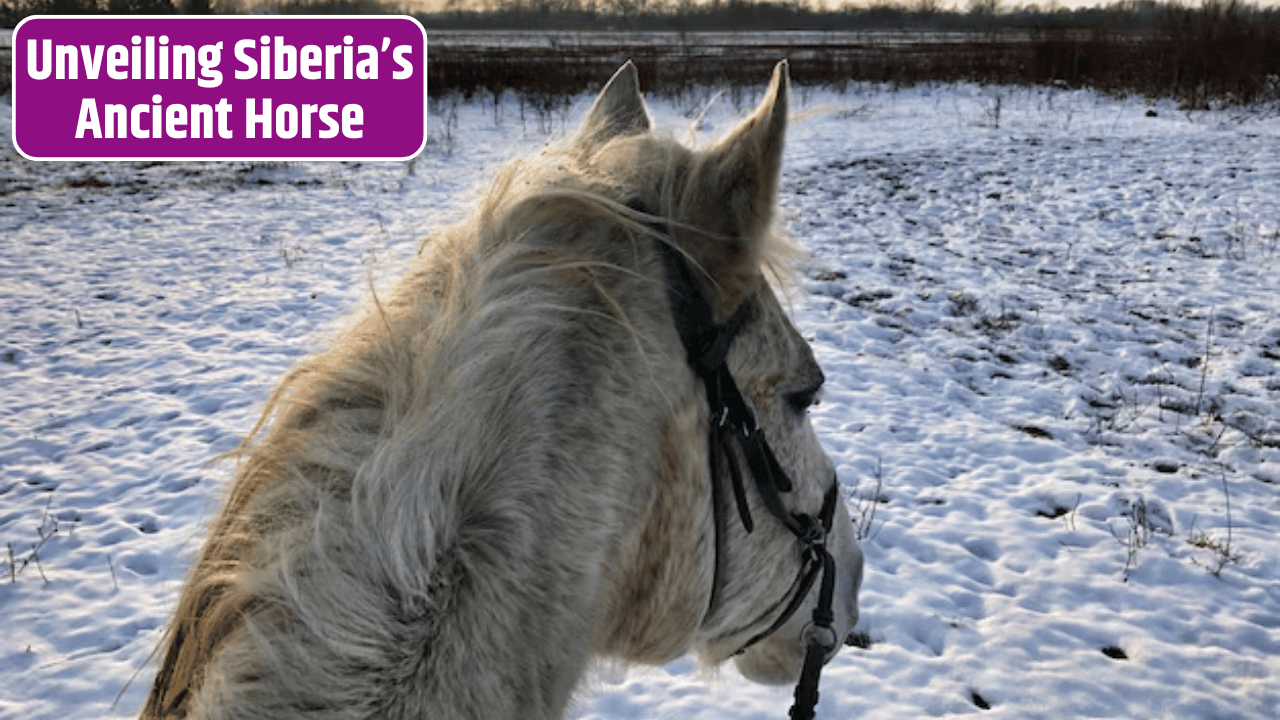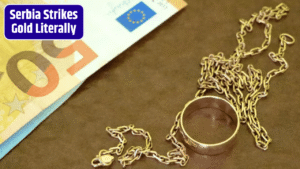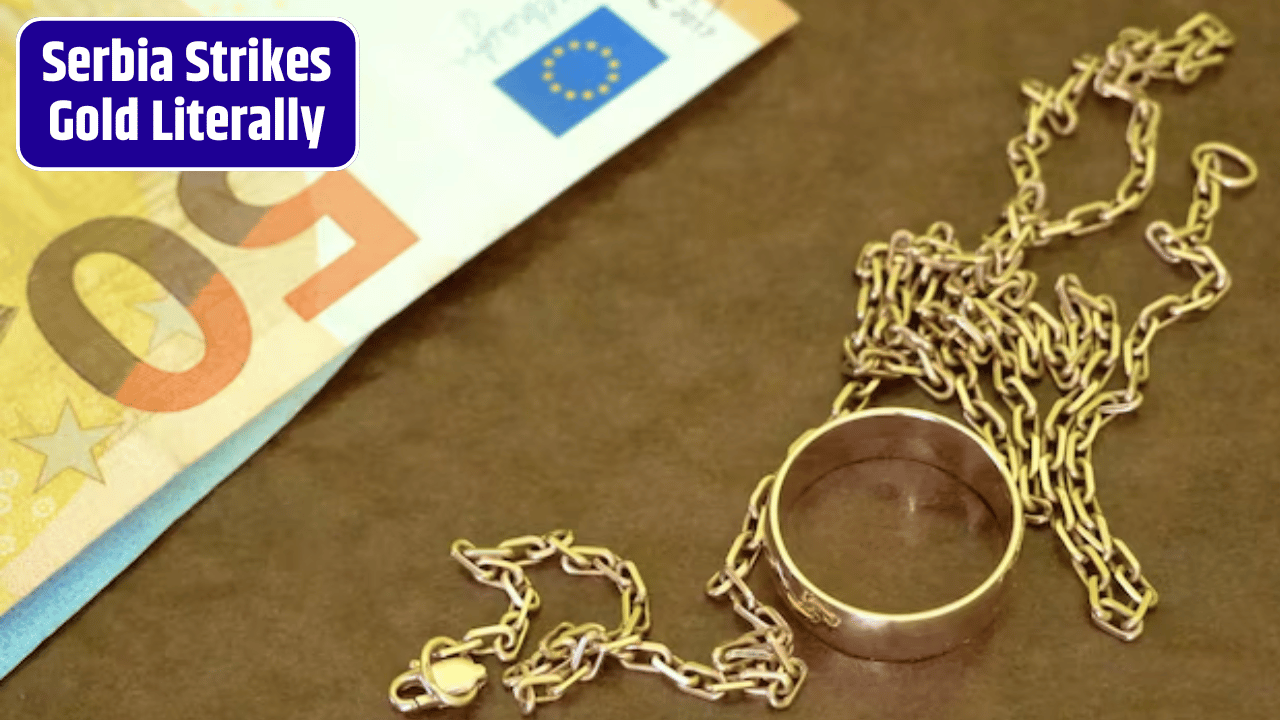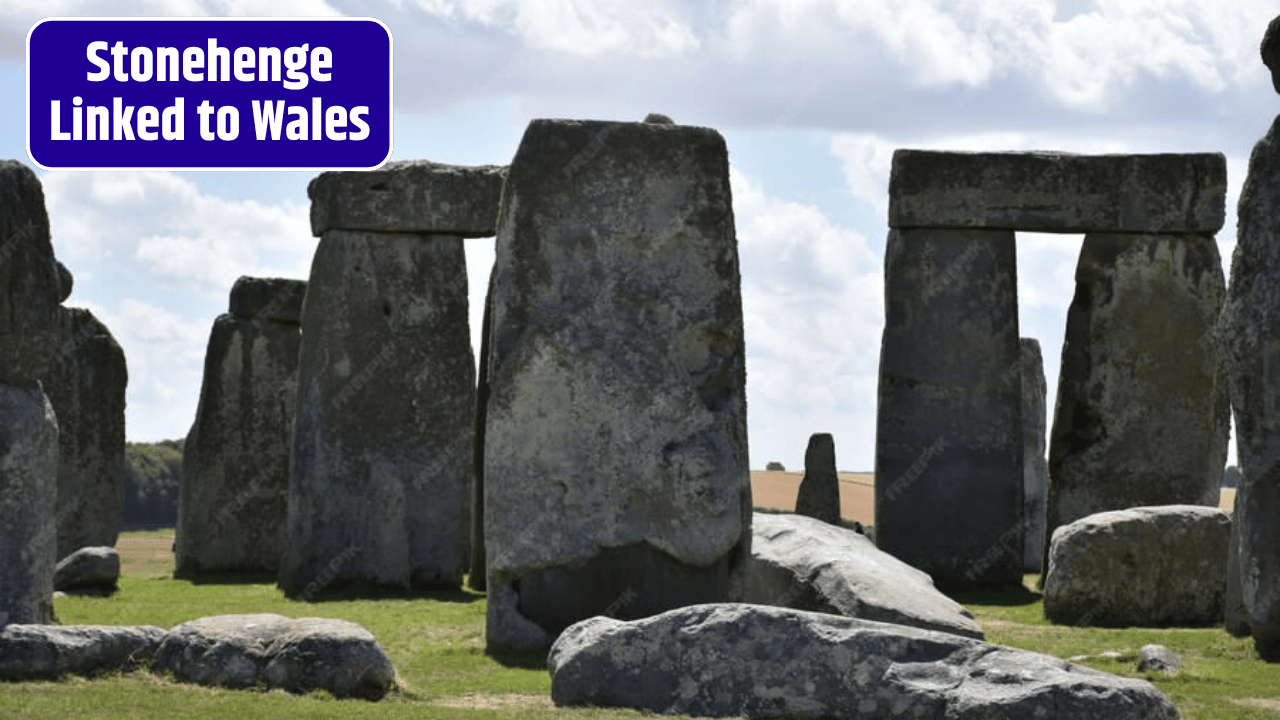In one of the coldest inhabited regions on Earth, where winter can plunge to -70°F and daylight disappears for weeks, a small, shaggy horse continues to defy the odds. The Yakutian horse—a compact, frost-covered survivor of Siberia’s extremes—has long been celebrated as a living relic of the Ice Age. Local lore claimed it descended from prehistoric wild horses that once roamed the tundra alongside mammoths.
But as new research reveals, the Yakutian’s story is not one of ancient inheritance—it’s one of human partnership and evolutionary resilience.
A Horse from the “Gate of Hell”
The tale begins deep within the Batagay crater, a vast, yawning scar in the Siberian permafrost ominously dubbed the “Gate of Hell” by locals. Stretching nearly 0.6 miles long and plunging over 300 feet deep, the crater is a treasure chest for scientists studying the past.
In 2018, researchers made one of its most astonishing finds yet: a perfectly preserved foal—the Lena horse—entombed in ice for over 42,000 years. Its golden-brown coat, tiny hooves, and even eyelashes were intact, as if time itself had paused mid-gallop.
The discovery electrified scientists around the world. Could this ancient foal be the ancestor of modern Yakutian horses, those hardy creatures that still graze near the Arctic Circle?
The answer, as it turned out, was both humbling and profound.
Rewriting the Yakutian Family Tree
Teams from the French National Centre for Scientific Research (CNRS), University of Copenhagen, and the Yakutian Academy of Sciences set out to decode the genomes of both the Lena horse and its modern counterparts.
The results, published in 2025, were stunning. Despite living in the same region, the Yakutian horse and the Ice Age foal were not genetically related.
Instead, DNA analysis revealed that today’s Yakutian horses trace their origins to domesticated stock introduced only around the 13th century, when northern migration routes carried humans—and their livestock—into Siberia.
“The Yakutian horse isn’t a survivor of the Ice Age,” explains evolutionary geneticist Ludovic Orlando, author of Horses: A 4,000-Year Genetic Journey Across the World. “It’s a survivor of the human age—a domesticated breed that rewilded itself through adaptation.”
The Legacy of Genghis Khan’s Shadow
The genetic trail points to the Mongol expansion of the 1200s. As Genghis Khan’s armies pushed westward, displaced tribes carried their herds north, seeking refuge in the frozen tundra. Among them were horses that had never faced conditions so brutal.
Over generations, only the strongest endured. Nature, not breeding, became the ultimate selector.
Through centuries of survival, these horses developed unique traits:
- Dense double-layered coats that trap heat and repel frost.
- Compact bodies and short legs, reducing heat loss.
- Efficient fat storage, enabling them to survive months of near-starvation.
- An exceptionally slow metabolism, allowing endurance during long, food-scarce winters.
By natural selection, these once-domesticated animals evolved into the Yakutian horses we know today—a perfect fusion of human history and environmental pressure.
Lessons from the Lena Horse
Meanwhile, the Lena horse remains an ambassador from a vanished world. Radiocarbon dating places it around 5,200 years old, from a time when the tundra still supported mammoths, steppe bison, and woolly rhinos.
Its DNA offers scientists a rare glimpse into Pleistocene ecosystems, showing how Ice Age species adapted to cold climates long before modern humans arrived.
But perhaps the greatest revelation is what separates the Lena horse from the Yakutian breed: evolution didn’t stop with extinction—it continued through adaptation. The foal represents what was; the Yakutian horse represents what became.
Evolution in Fast Forward
It’s rare to witness evolution at work on a human timescale, yet the Yakutian horse embodies exactly that. In just 800 years, the breed transformed from Mongolian plains stock into Arctic survivors—an evolutionary sprint by any standard.
Researchers studying Yakutian DNA have identified genes associated with metabolic regulation, thermogenesis, and hair growth, similar to those found in Arctic species like reindeer and musk oxen.
“This is one of the fastest examples of environmental adaptation we’ve ever documented in a domestic species,” notes Orlando. “It shows how quickly life responds when survival is on the line.”
The Human Hand in Nature’s Work
What makes the Yakutian horse remarkable isn’t just biology—it’s the shared story of humans and animals enduring side by side. The people of Yakutia (Sakha Republic) relied on these horses for food, transportation, and companionship. In return, the horses evolved alongside them, learning to withstand the same punishing winters that shaped their human keepers.
Even today, Yakutian horses roam semi-wild through the snow, finding forage beneath layers of ice and surviving temperatures that would fell most mammals. They are, as locals proudly say, “the horses that eat the snow.”
A Living Link Between Past and Future
As climate change melts the permafrost and reveals long-buried remains like the Lena horse, the Yakutian breed stands at another crossroads. Warming winters and habitat shifts are forcing these animals to adapt once again—but this time, the challenge isn’t natural.
Their endurance, however, gives hope. “The Yakutian horse reminds us that resilience isn’t about staying the same,” says Orlando. “It’s about evolving—together.”
A Personal Reflection
When I first read about the Lena horse emerging from the permafrost, I pictured a ghost from the Ice Age—a frozen myth thawing into reality. But what the Yakutian story taught me is more inspiring than any legend: survival doesn’t depend on ancient bloodlines or untouched wilderness. It comes from adaptation, persistence, and the quiet partnership between humans and nature.
The Yakutian horse is not a fossil—it’s a living lesson. Its shaggy coat and steady breath in the freezing dark remind us that the story of life isn’t frozen in time. It keeps moving, one hoofstep at a time, across the ice.
FAQs
What is the Yakutian horse?
A hardy, small horse native to Siberia’s Sakha Republic, capable of surviving extreme Arctic temperatures.
Is it descended from Ice Age wild horses?
No. Genetic research shows it descends from domesticated horses introduced in the 13th century, not from ancient wild species.
What was the Lena horse?
A perfectly preserved Ice Age foal found in Siberia’s Batagay crater, dating back about 42,000 years, genetically unrelated to modern Yakutian horses.
How did Yakutian horses adapt to the cold?
Through centuries of natural selection—developing thick coats, fat storage, compact bodies, and slow metabolism.









